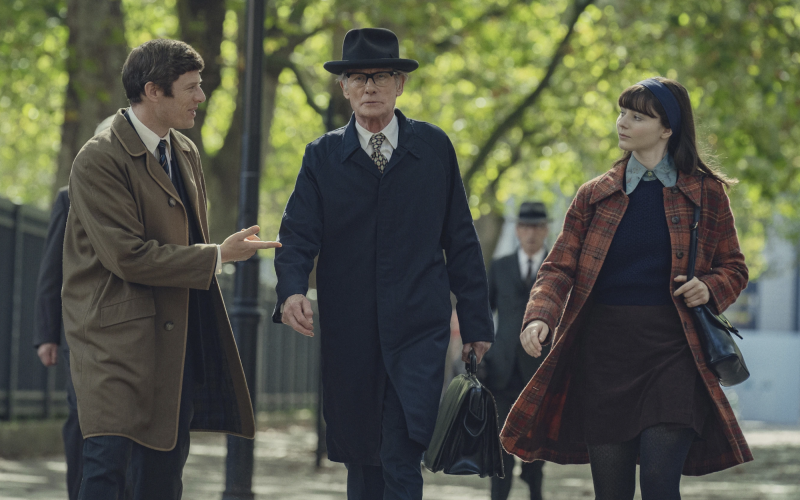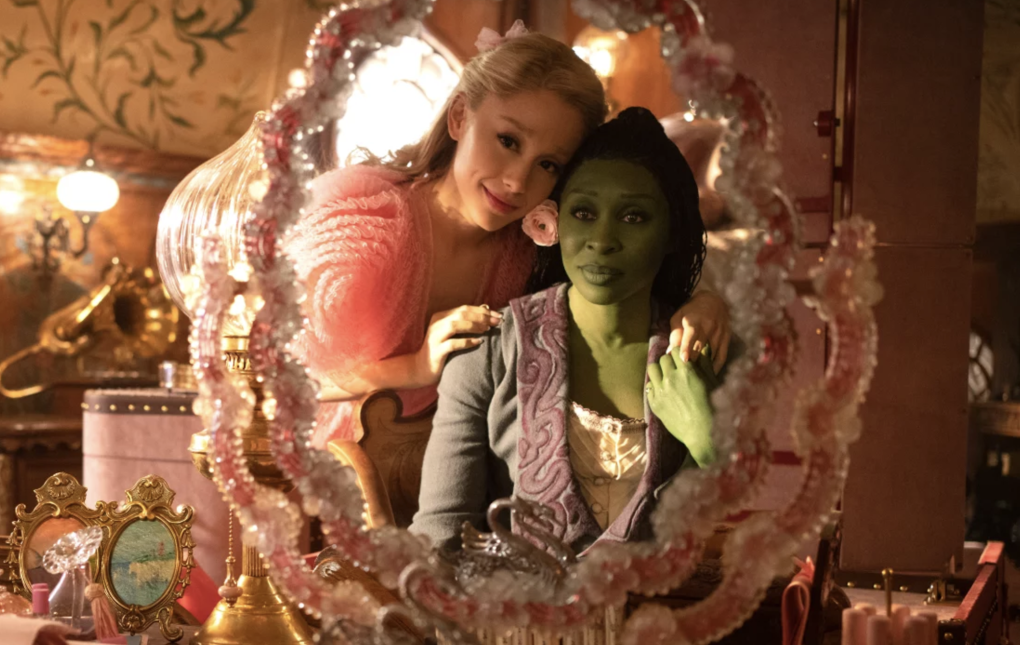Toward the end of Netflix’s Joy, the muffled cry of a newborn baby prompts a man and woman in a hospital to embrace out of pure bliss. They aren’t the parents, but they had as much to do with the birth as the mom and dad.
This charming and winning movie charts the decade-long true story of how the world’s first IVF baby was born in England in 1978 — a 5-pound, 12-ounce girl who paved the way for millions more. It’s an upbeat, very English affair, mixing sober discussion of endometriosis with chocolate biscuits.




